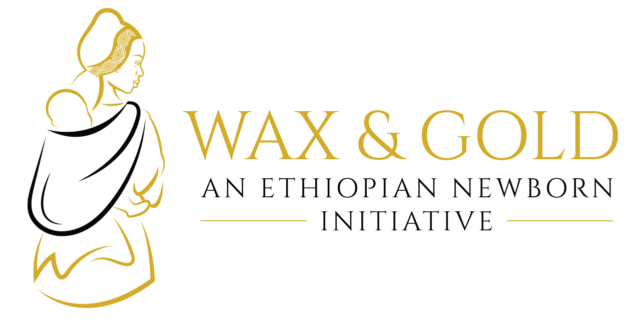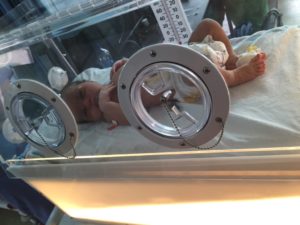In spite of progress, too many infants are dying
Over the past two decades, Ethiopia has made progress in decreasing infant mortality rate and has increased the numbers of babies born in healthcare facilities. In fact, the United Nations’ Millennium Development Goal 4 — reducing the mortality rate of children under 5 years of age by two-thirds was surpassed in Ethiopia before the 2015 benchmark.
However, neonatal mortality remains among the world’s highest at 28 deaths per 1,000 live births. Newborn deaths in Ethiopia now represent 40% of all deaths in children < less than 5 years of age. A child born in sub-Saharan Africa is nine times more likely to die in its first month of life than one born in a high-income country.
Many initiatives are aimed at addressing this lack of improvement. Most focus on measures to encourage improved obstetric care and childbirth in a skilled healthcare facility. Nevertheless, most facilities lack properly trained professionals to stabilize and resuscitation the newborn or provide care for the premature and sick neonate. This lack of training is resulting in significant numbers of deaths and lifelong disabilities.
Improving care and saving lives
Training and long-term collaboration can dramatically improve neonatal survival and outcomes. Physicians and nurses in Ethiopia may not have access to the latest equipment and technology available in high-income countries, but they are resourceful and eager to learn.
We’ve seen firsthand the meaningful difference consistent training combined with simple, cost-effective and sustainable changes in healthcare delivery can make. This is what reinforces our commitment to develop and implement scalable education programs capable of being duplicated in facilities nationwide. All these programs are the first of their kind in Ethiopia

